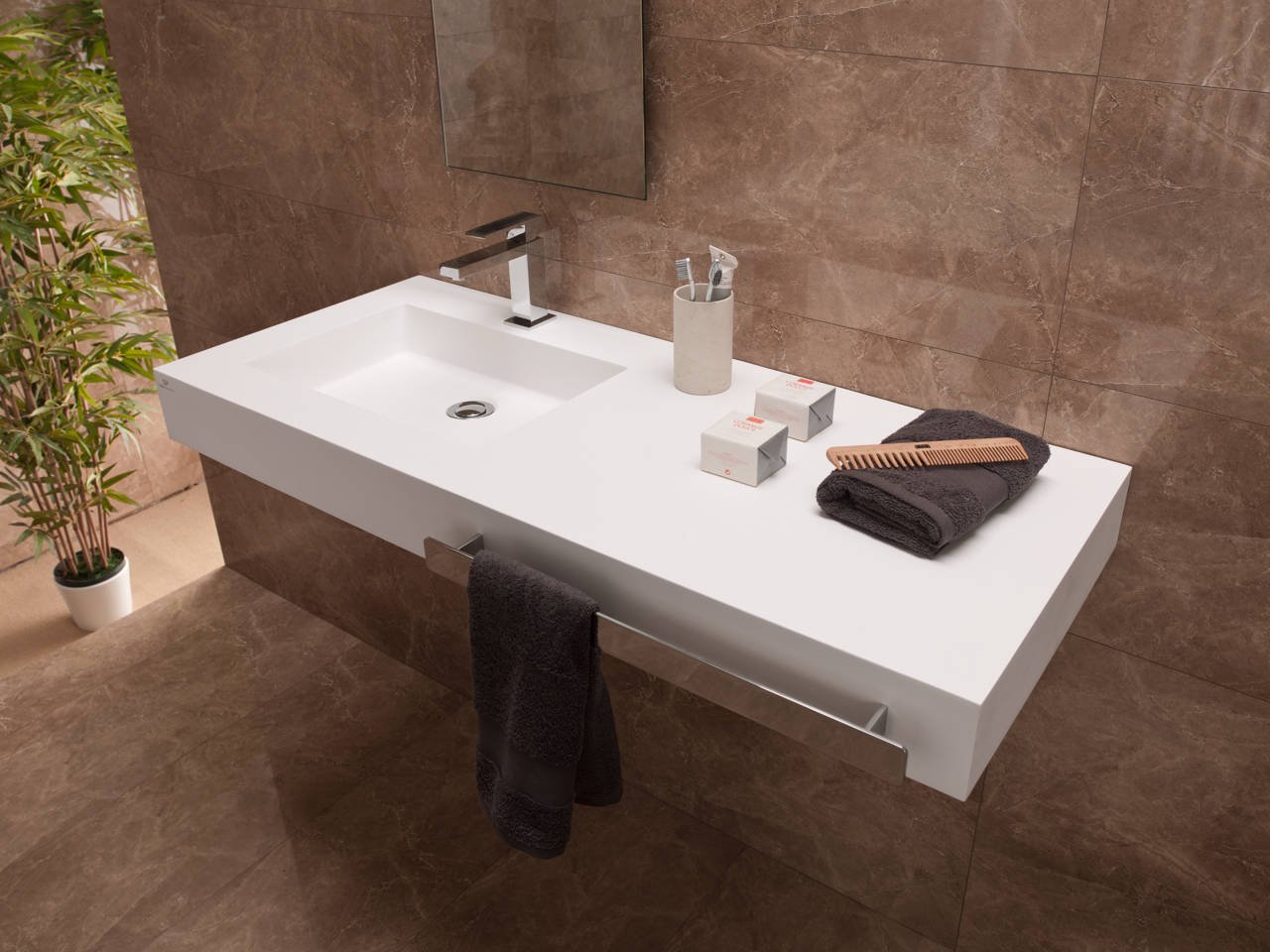Solar power from our own production
Why a photovoltaic system makes sense
Environmental protection is thanks to the Fridays for Future-Demos finally got popular again. Perhaps you are also thinking about reducing your ecological footprint with the help of one or the other measure. Electricity from the freely available and completely free of charge sunlight winning can help.
Solar module types
You also save costs, yes, you can even use Feeding in your solar power earn extra money in the public power grid! On the other hand, there are high investment costs, since both the individual components of a solar system are expensive and the installation of the same by a specialist company. The classic solar modules, which are mostly installed on the roof or on the house facade, mostly consist of:
Crystalline solar cells
Here one subdivides again into monocrystalline and polycrystalline solar cells, also called wafer-based solar cells. The production of these solar cells is energy-intensive and therefore cost-intensive. Nevertheless, the prices for such solar modules have been falling continuously for years and are currently at
Approx. 1,100 – 1,500 € / kWp
One reckons that a family of four will be roughly one 5 kWp photovoltaic system needed to cover the electricity demand for one year.
In addition, there are additional costs for the grid connection and maintenance of the system. Also one insurance (e.g. against fire, hail) makes sense. Somewhat cheaper are:
Thin film solar cells
They consist of a carrier material (mostly window glass) on which an extremely thin semiconductor layer is applied. This means that the use of materials and energy is significantly lower than with wafer-based solar cells.
However, it is also Efficiency lower and even sinks again by approx. 25% in the first months of operation (degradation). So more solar cells are needed to get the same amount of electricity as crystalline solar cells.
For this you get thin-film solar cells 750 € / kWp
Other solar cells are called multijunction cells, organic solar cells or dye solar cells. However, they are not yet produced in large numbers and are therefore not widely used.
Are PV systems subsidized by the state?
Photovoltaic systems are only subsidized indirectly by the state, in that the electricity they produce can be fed into the grid. For this, the operator of a small PV system (e.g. on the residential building) receives remuneration from the state, which is currently approx. 11 cents per kilowatt hour located. The electricity price from the basic supplier is around 30 cents / kWh in 2019.
You can also claim the costs for a photovoltaic system for tax purposes and in the form of Advertising expenses write off over 20 years.
Is photovoltaics worth it?

Although the prices for solar modules have already fallen, you first have to invest a large amount in order to put a photovoltaic system into operation. This investment amount only balances out a long time afterwards. In a guide from 2012, a Return of capital about 20 years spoken. It’s probably been a few years less now. Nevertheless, the question naturally arises as to how economical it is to operate a PV system.
After all, the total service life of solar modules is estimated at 30 years. You still don’t save a lot of money with a PV system. However, there is still further reasons to rely on solar energy:
- Independence from electricity price increases by the energy supplier
- In the future, inexpensive electromobility (pedelecs, e-cars, e-scooters, etc.)
- electrical hot water production & heating
- in the future also interesting for the cooling of buildings (electrical cooling systems such as air conditioning systems are operated inexpensively by solar power)
- Contribution to decentralized energy supply and thus to more independence (self-sufficiency)
- Environmentally friendly (low-emission) energy supply
- (small) additional income
- Appreciation of the property
We will always need electricity, regardless of whether we use it to heat our house, charge our cell phones or power other electrical devices. If electromobility is also promoted in order to replace the combustion engine in the long term, power consumption will probably increase immeasurably. We can no longer rely on fossil fuels, especially not on nuclear energy. The future belongs to renewable energies. With a photovoltaic system you can help develop an environmentally friendly source of energy.
LG Anne !!!
Visit the rest of the site for more useful and informative articles!




